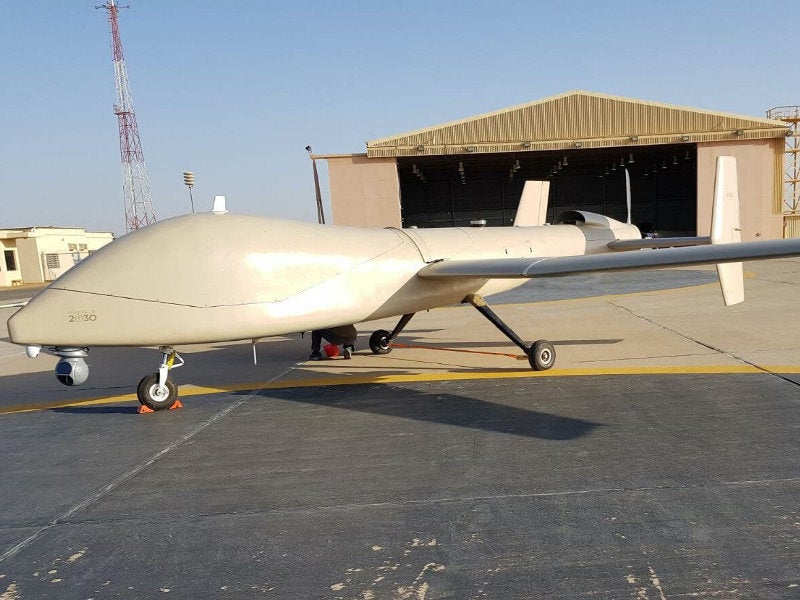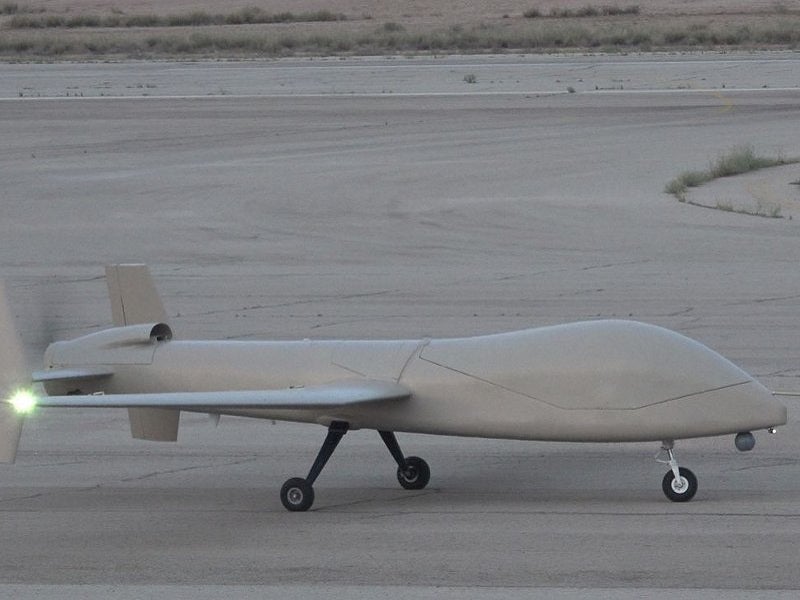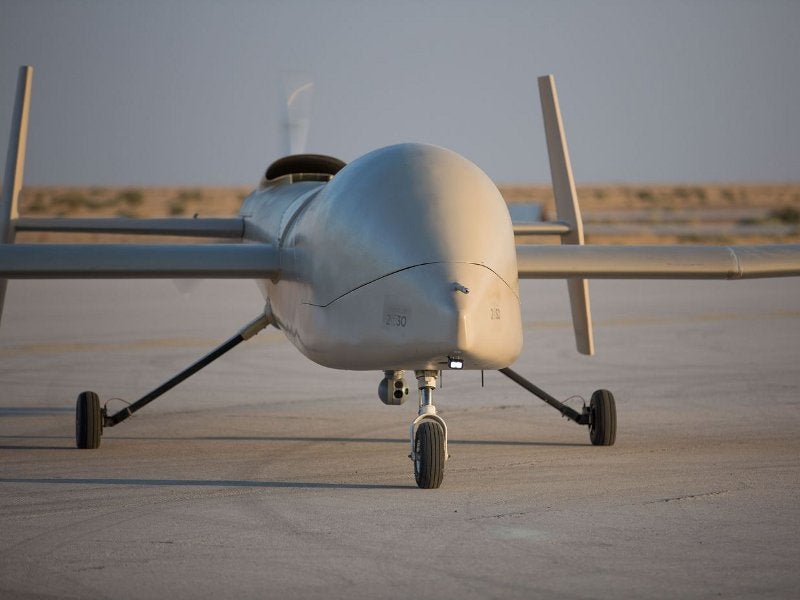Saker-1C unmanned aircraft system (UAS) is the latest variant in Saker family of medium-altitude long-endurance (MALE) UAS.
The unmanned aircraft is being developed by UAVOS, a robotics company based in the US, in partnership with King Abdulaziz City for Science and Technology (KACST), a scientific government institution of the Kingdom of Saudi Arabia. It incorporates advanced manufacturing technologies developed by the partners.
The UAS comes with improved engineering and operational capabilities, increased fuel capacity, state-of-the-art autonomy, navigation, and improved overall performance compared to its predecessor, Saker-1B.
Saker-1C is intended for a variety of missions, such as communications relay, search and rescue (SAR), and long-endurance surveillance operations.
Saker-1C unmanned aircraft design and features
Saker-1C UAS comprises an unmanned aircraft, ground control system and an autopilot.
The aircraft features versatile design integrating modern composite airframe, improved tri-cycle landing gear, and additional safety systems. The body structure of the aircraft allows for quick and easy maintenance.
The fuselage is equipped with long-endurance, fixed-wing assembly with provision for increased internal fuel capacity. The tail assembly with twin-tail arrangement is optimised to facilitate mass distribution in the fuselage, while increasing moment of inertia.
The redundant flight control system aboard the UAS delivers superior flight performance and aerodynamic assistance. The unmanned aircraft can be controlled autonomously using the onboard triple redundant autopilot or remotely by a pilot from the ground control station.
Fowler flaps, spoilers and winglets generate increased lift augmentation capability and drag. Its lift augmentation capability is further improved through the addition of interceptors.
Payloads
Saker-1C comes with fully redundant avionics and higher payload carrying capacity of 300kg compared with its predecessor.
It can carry a variety of payloads such as gyro stabilised electro-optical and infrared (EO/IR) gimbal, satellite communications system (SATCOM), sensor processing, synthetic aperture radar (SAR), digital data link, and coherent change detection technology.
The gyro stabilised EO/IR gimbal sensor system is attached below the aircraft’s nose to support a range of applications. The thermal and daytime cameras are used to detect and identify the objects in both day and night conditions.
SAR is used to create imagery required for various applications, while coherent change detection technology is used to highlight the differences between two SAR images.
The UAS is also fitted with electronic countermeasures to counter and deceive enemy platforms.
Satellite communications system aboard Saker-1C
The imagery and data captured by the aircraft sensors are transmitted to the ground control station via an advanced digital video data link in real time within line of sight (LOS).
For beyond line of sight (BLOS) communications, a satellite link is used to transmit real-time information to the ground control station.
A low-speed backup datalink is integrated into the UAS to provide data transfer in case of emergency.
The tracking antennas are used to track the aircraft based on the signal strength.
Ground control station
The unmanned aircraft is monitored and controlled by the ground control station, which provides autonomous landing on remote airfields. The imagery and video streaming captured by the onboard sensors are displayed on the panel in real-time.
Saker-1C performance
Powered by a single engine, Saker-1C is capable of reaching an altitude of 23,000ft. It can fly at speeds up to 110kt and offer a range of 3,840km.
The aircraft’s long-endurance wings can hold up to 500l of fuel, offering a maximum endurance of 30 hours.
The dry weight of the UAS has been reduced to 600kg, compared to Saker-1B, due to its composite airframe.
The aircraft’s fuel efficiency has been increased with the addition of improved total energy control system (TECS) flight control algorithms. The TECS also enables the aircraft to land safely in the event of engine failure.






